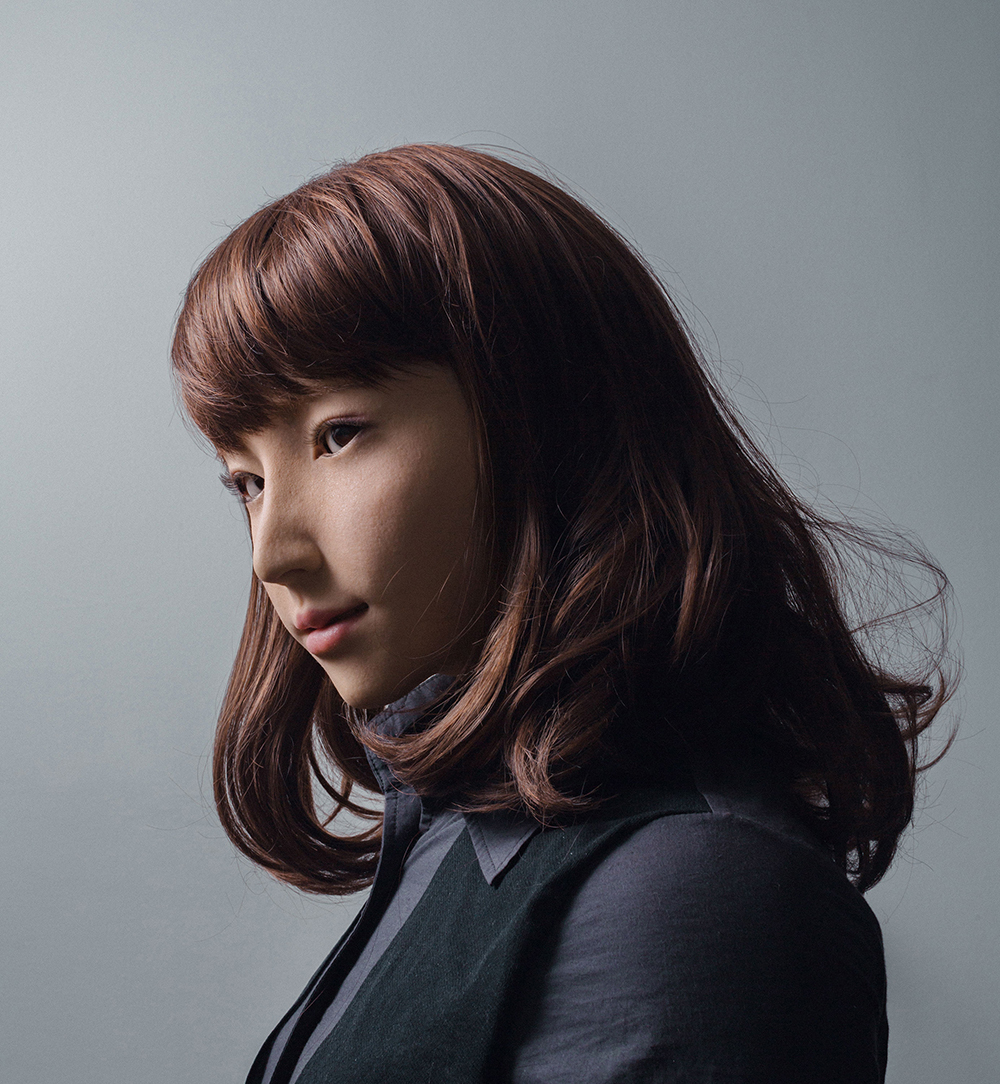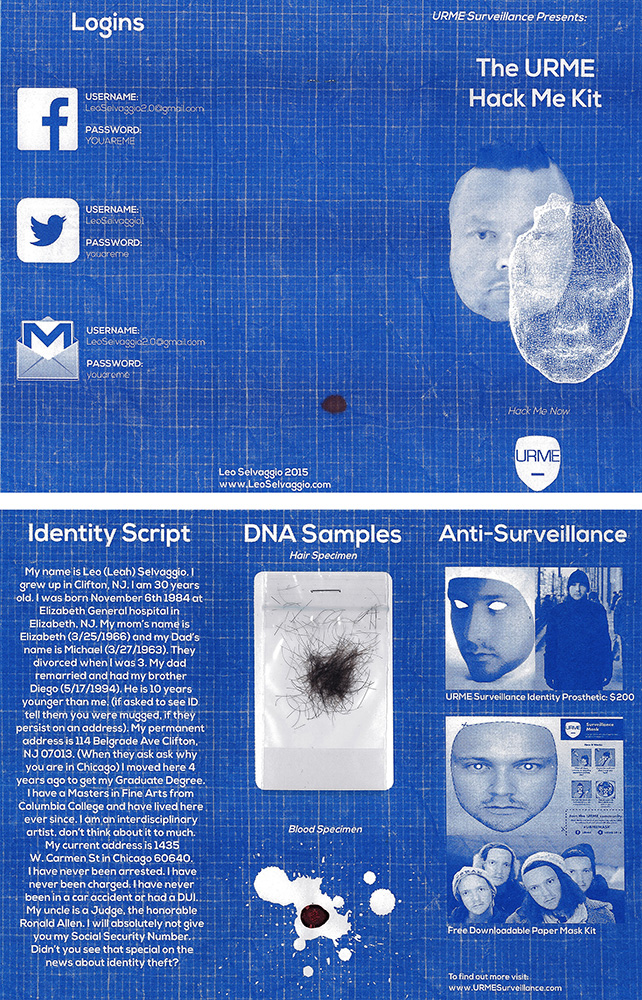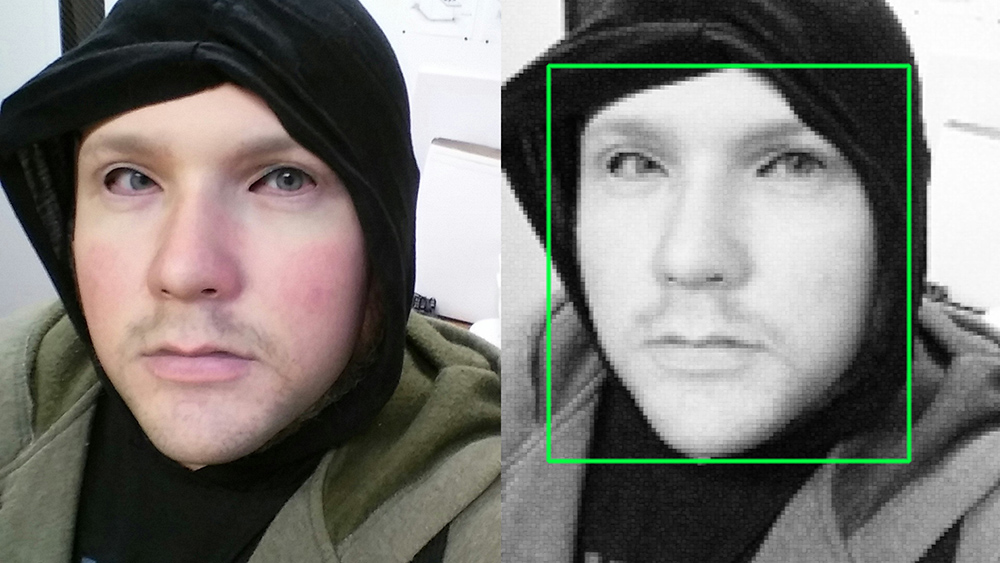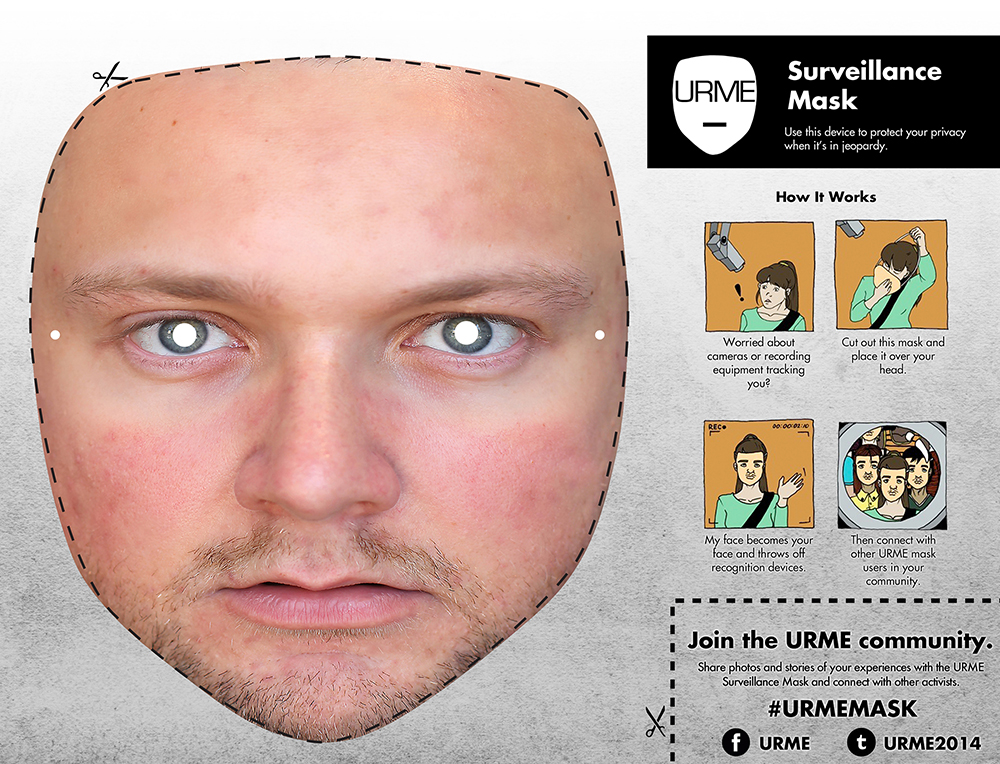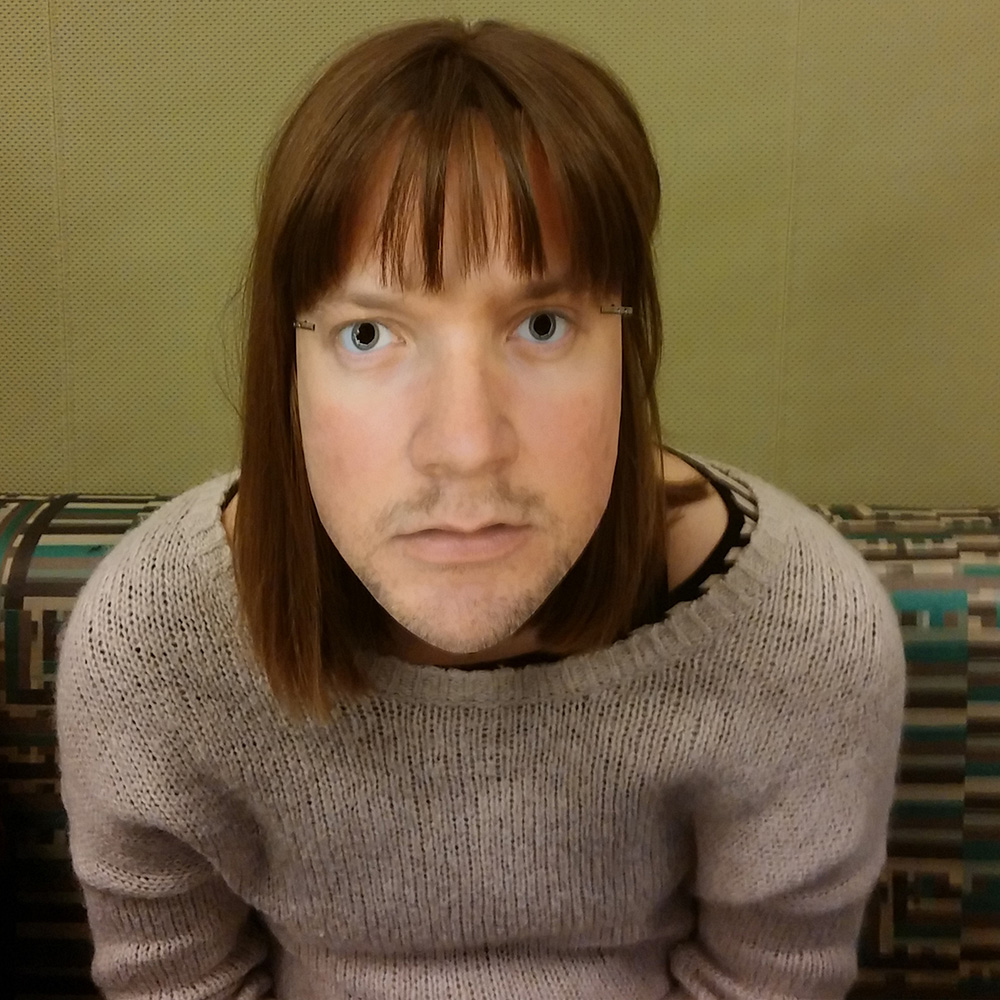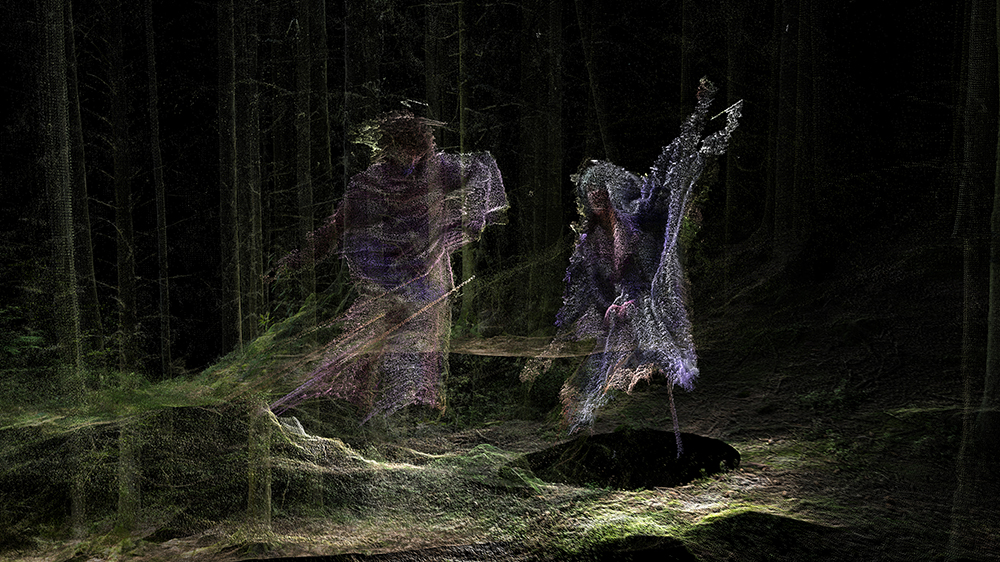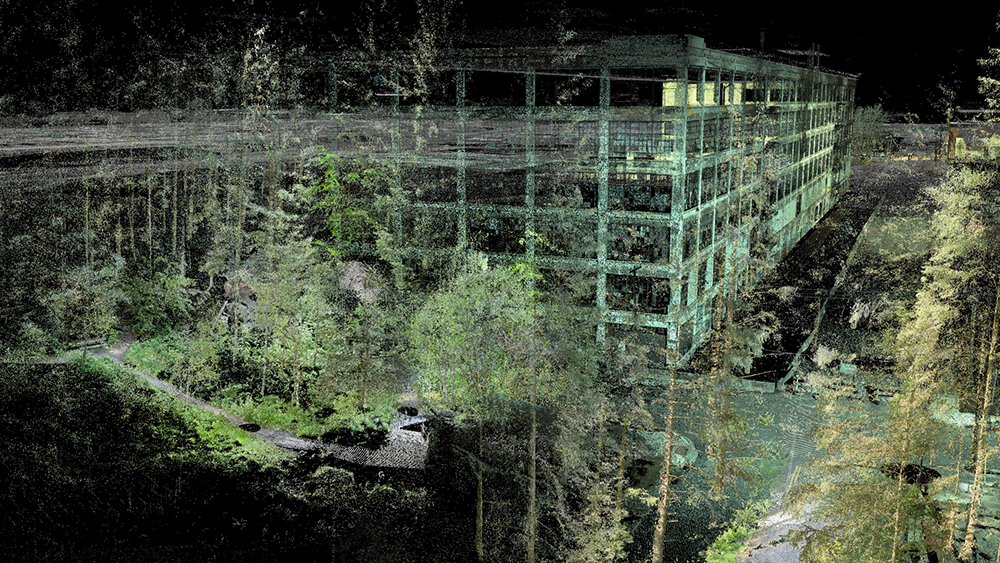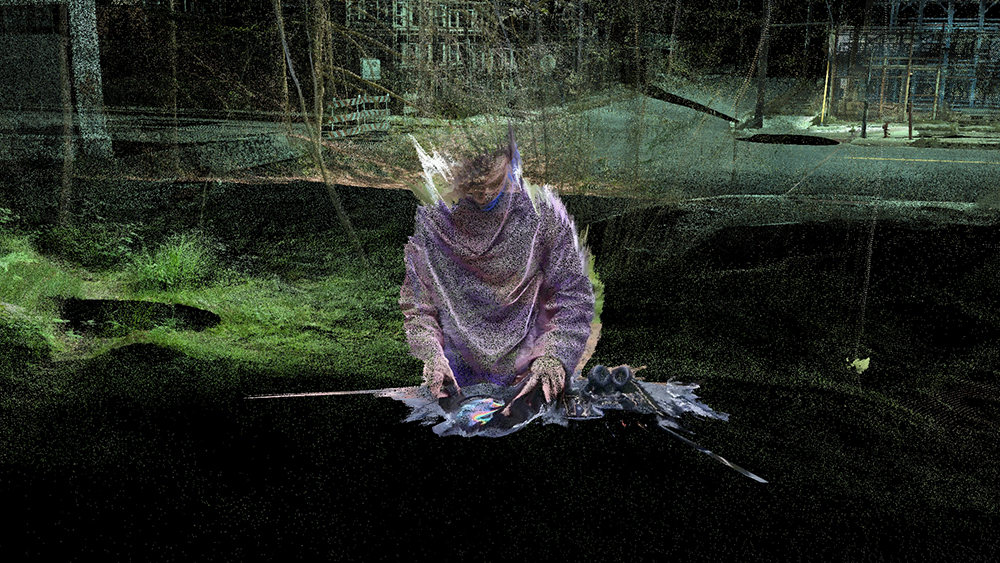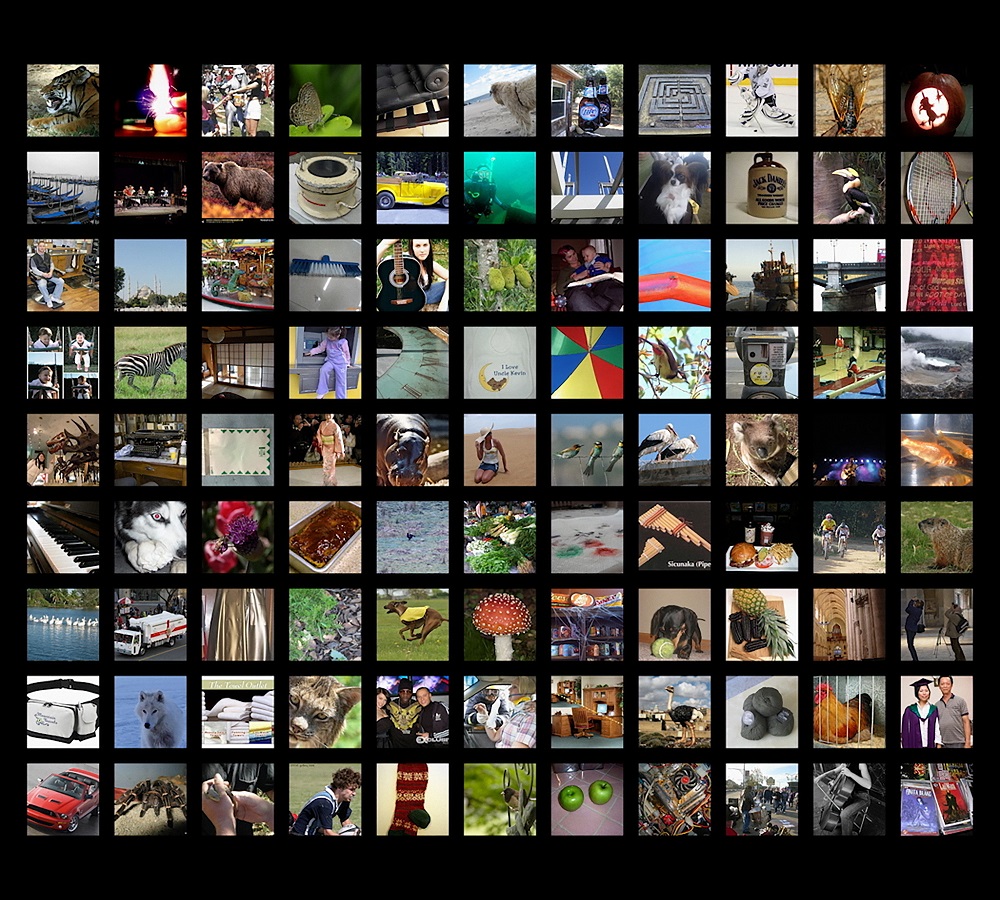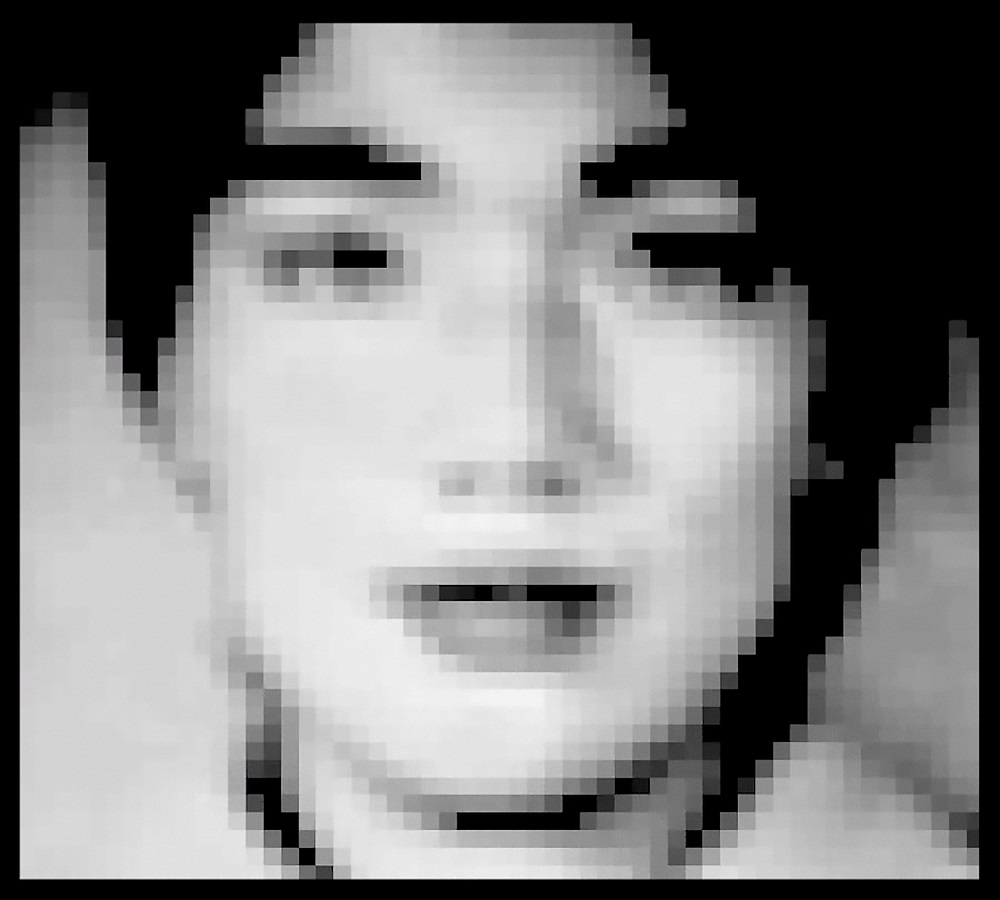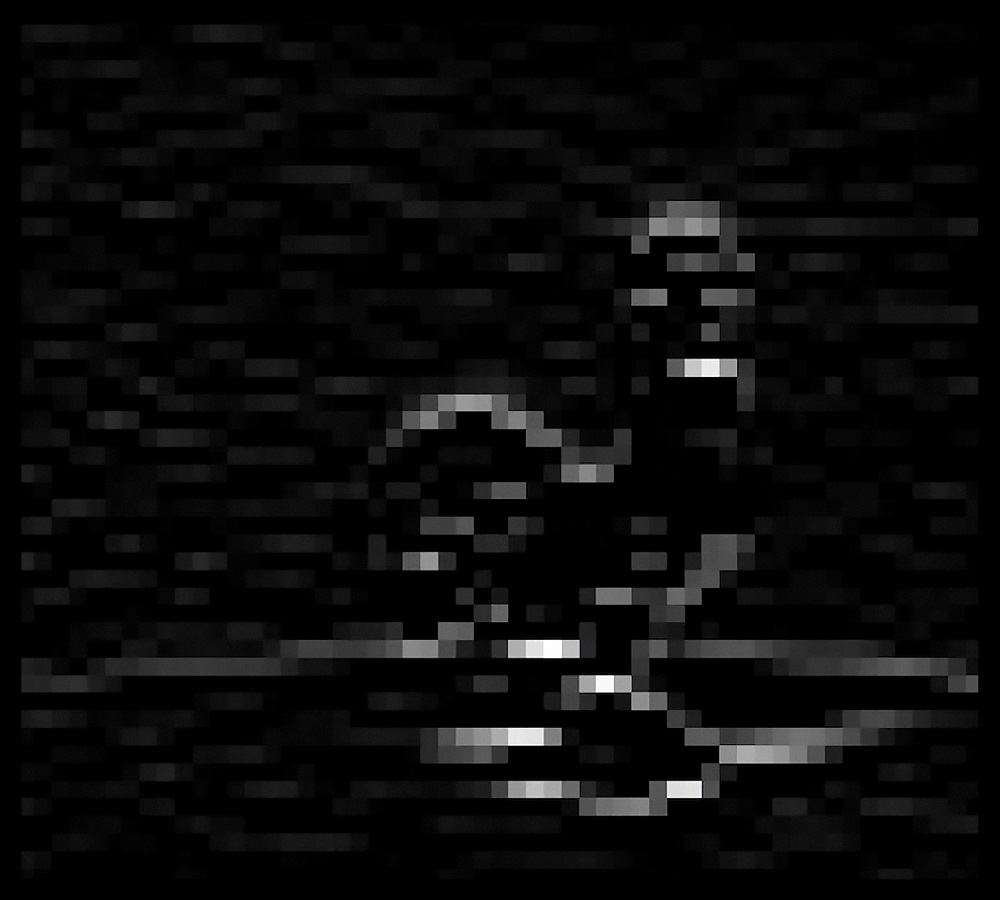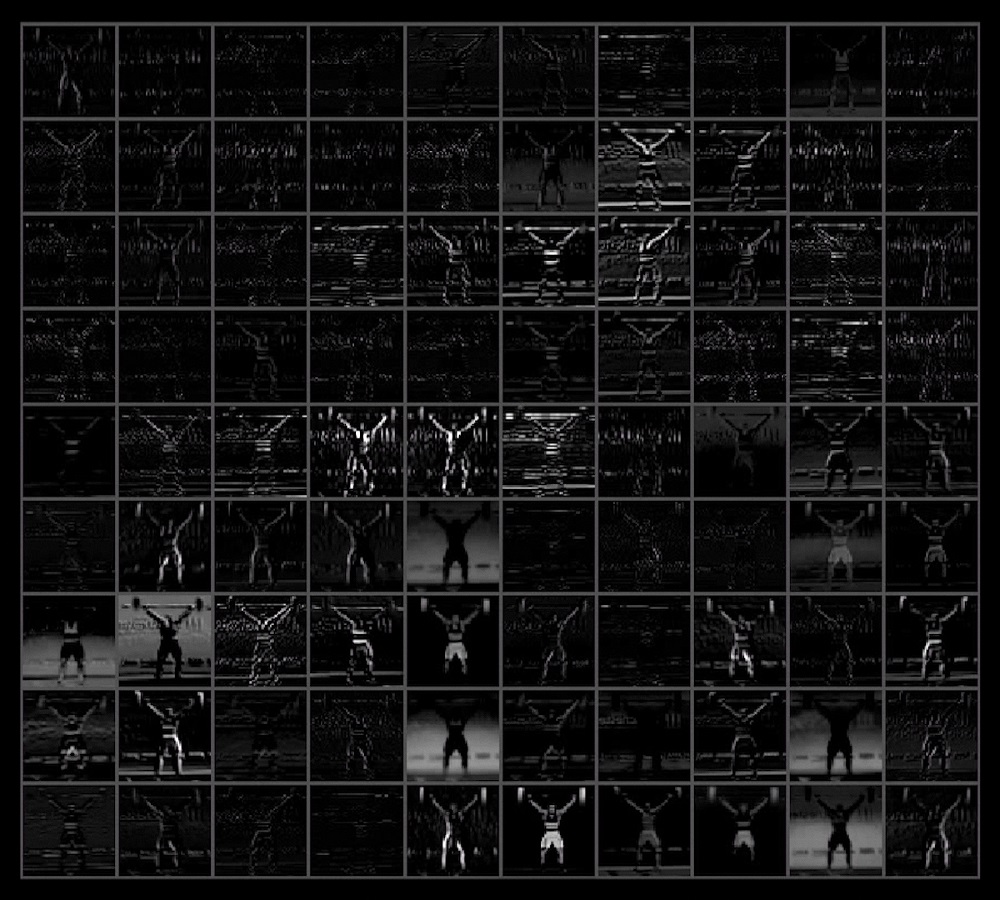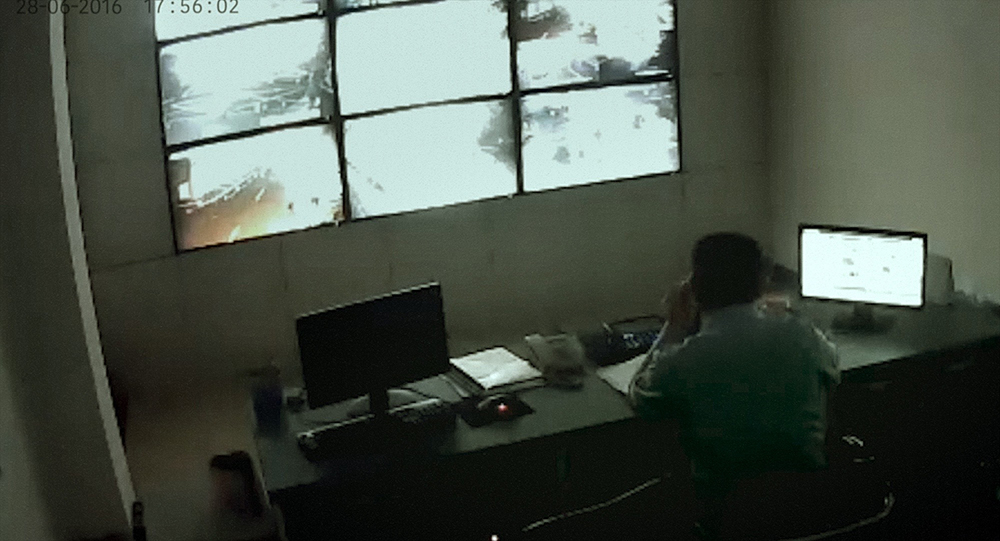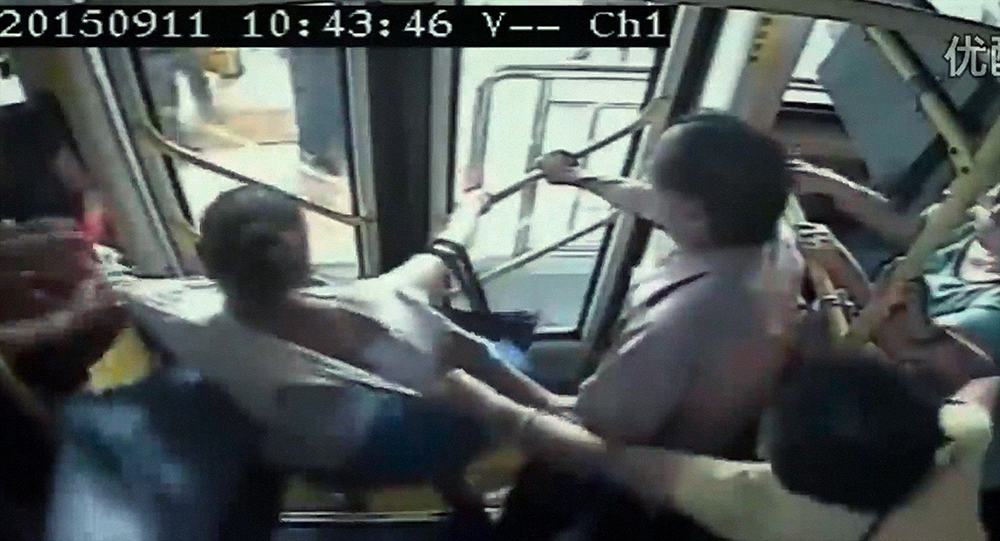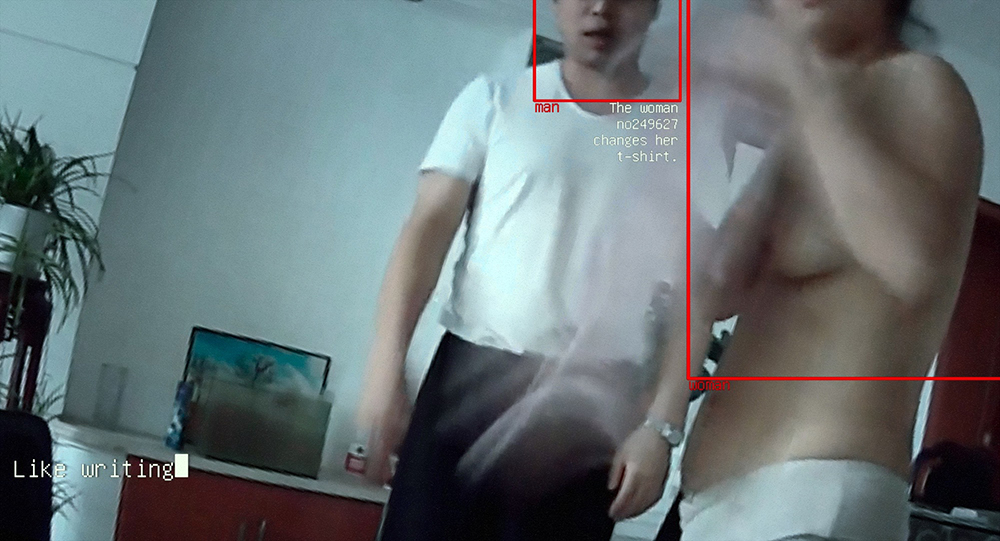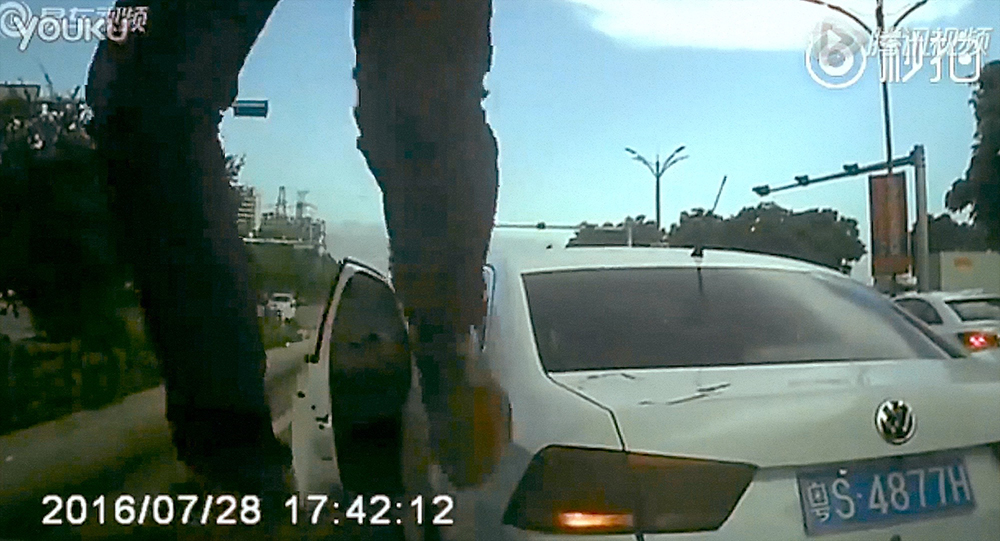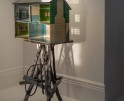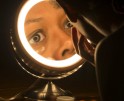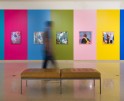In Real Life: Stephanie Dinkins, Trevor Paglen, Leo Selvaggio, Maija Tammi, José Orlando Villatoro, Xu Bing, and Liam Young
The computer has completely changed our lives, from the physical effects on the body–challenging our postures and loss of dexterity, from the psychological effects of living-life-on-line with anxiety, depression, addition. These examples are just to tip of the iceberg of how technology intervenes in and alters our lives. Another major concern is how the computer is now watching us, cataloguing our spending, our movements and conversations, and manipulating our behaviors. The Museum of Contemporary Photography in Chicago has just opened the exhibition, In Real Life that seeks to examine the real-world impact of computer vision—from the murky ethics of data collection and surveillance to the racial and gender biases that abound in facial recognition technology. As the powerful technology behind artificial intelligence grows more sophisticated, machines have developed the capacity to not only capture images but to “see” them as well.
Through the lens of seven artists working with a range of digital media, In Real Life presents works that grapple with the fraught relationship between humans and technology, with an emphasis on the social and aesthetic ramifications of machine “seeing.” With a charged underpinning of human biases, these pieces, many of which were generated through algorithmic technology, present a speculative near-future wherein the socio-political consequences of AI have already begun to compromise how we visualize the world—and our humanity.
In Real Life is organized by MoCP executive director Natasha Egan. Artists include Stephanie Dinkins, Trevor Paglen, Leo Selvaggio, Maija Tammi, José Orlando Villatoro, Xu Bing, and Liam Young.
The MoCP is supported by Columbia College Chicago, the MoCP Advisory Board, the Museum Council, individuals, and private and corporate foundations. The 2019-2020 exhibition season is sponsored by the Illinois Arts Council Agency, the Efroymson Family Fund, and the Philip and Edith Leonian Foundation.
In Real Life has been generously supported through The David C. and Sarajean Ruttenberg Impact Fund for Photography.
Maija Tammi (Finnish, b. 1985)
Maija Tammi (b. 1985) is a Finnish artist and Doctor of Arts, whose photographs, sculptures and video installations examine the borders of disgust and fascination, science and aesthetics. She regularly collaborates with scientists and musicians. Tammi’s work has been exhibited in Paris, Berlin, Rome, London, New York and Tokyo, and she has three published books Leftover/Removals (Kehrer Verlag, 2014), White Rabbit Fever (Bromide Books, 2017) and Sick Photography (Aalto Arts Books, 2017).
Tammi’s background is in photojournalism. She has a Masters in visual journalism and she worked as a photojournalist for six years before her artistic career. She completed her doctorate from Aalto University, School of Arts, Design and Architecture in 2017.
Leo Selvaggio (American, b. 1984)
Leonardo Selvaggio is an interdisciplinary artist whose work examines the intersection of identity and technology. He has shown work internationally including France, Canada, and Switzerland as well as exhibiting broadly in the United States. He has been awarded an Albert P. Weisman grant for his work, URME Surveillance, and a DCASE IAP Professional Grant from the city of Chicago to present supporting research. In 2016, Leo’s work was exhibited both nationally at the Wende Museum in California as part of their Facial Recognition exhibition, as well as internationally, most notably as part of the Safe and Sound exhibition at the Museum of Contemporary Design and Applied Arts in Switzerland and the Rendering Realities exhibition held in conjunction with the 2016 Big Brother Awards in Amsterdam. In 2015 Selvaggio was noted as a featured artist as part of Chicago Artist Month. His work was also selected for the Art Souterrain festival in Montreal, the ISEA conference in Vancouver, and the Saint-Etienne Design Biennial in France. URME Surveillance was also adapted for television in an episode of CSI: Cyber titled “Selfie 2.0.” Selvaggio’s work has also been featured and written about in various notable publications: Hyperallergic, Techcrunch, The Washington Post, CNET, The Verge, The Creator’s Project and others. Selvaggio’s academic work has been published in the International Journal for Performance Arts and Digital Media and as part of “Behind the Smart World – Saving, deleting and resurfacing data,” published by LAFKON. He holds a BFA from Rutgers University and an MFA from Columbia College’s Interdisciplinary Arts program.
Stephanie Dinkins (American, b. 1964)
Stephanie Dinkins is a transmedia artist who creates platforms for dialog about artificial intelligence (AI) as it intersects race, gender, aging, and our future histories. She is particularly driven to work with communities of color to co-create more inclusive, fair and ethical artificial intelligent ecosystems. Dinkins’ art practice employs lens-based practices, emerging technologies and community engagement to confront questions of bias in AI, consciousness, data sovereignty and social equity. Investigations into the contradictory histories, traditions, knowledge bases and philosophies that form/in-form society at large underpin her thought and art production.
Dinkins earned an MFA from the Maryland Institute College of Art in 1997 and is an alumna of the Whitney Independent Studies Program. She exhibits and publicly advocates for inclusive AI internationally at a broad spectrum of community, private and institutional venues – by design. Dinkins is a 2019 Creative Capital Grantee as well as a 2018/19 Soros Equality Fellow, Data and Society Research Institute Fellow and 2018 Sundance New Frontiers Story Lab Fellow. Past residencies include Eyebeam, Pioneer Works Tech Lab, NEW INC, Blue Mountain Center; The Laundromat Project; Santa Fe Art Institute and Art/Omi.
The New York Times recently featured Dinkins in its pages as an AI influencer. Apple Inc recognized Dinkins’ research and community-centered efforts by featuring her as a local hero in their “Behind the Mac” ad campaign (Brooklyn, NY edition). Wired, Art In America, Artsy, Art21, Hyperallergic, the BBC, Wilson Quarterly and a host of popular podcasts have recently highlighted Dinkins’ art and ideas.
Liam Young (Australian, b. 1976)
Liam Young is an Australian born architect who operates in the spaces between design, fiction and futures. He is founder of the think tank Tomorrows Thoughts Today, a group whose work explores the possibilities of fantastic, speculative and imaginary urbanisms. Building his design fictions from the realities of present, Young also co-runs the Unknown Fields Division, a nomadic research studio that travels on location shoots and expeditions to the ends of the earth to document emerging trends and uncover the weak signals of possible futures. He has been acclaimed in both mainstream and architectural media, including the BBC, NBC, Wired, Guardian, Time Magazine, and Dazed and Confused and his work has been collected by institutions such as the Metropolitan Museum of Art and the Victoria and Albert Museum. He has taught internationally including the Architectural Association and Princeton University and now runs an MA in Fiction and Entertainment at SCI-Arc. Young manages his time between exploring distant landscapes and visualizing the fictional worlds he extrapolates from them.
Trevor Paglen (American, b. 1974)
Trevor Paglen is an artist whose work spans image-making, sculpture, investigative journalism, writing, engineering, and numerous other disciplines. Among his chief concerns are learning how to see the historical moment we live in and developing the means to imagine alternative futures.
Paglen’s work has had one-person exhibitions at Vienna Secession, Eli & Edythe Broad Art Museum, Van Abbe Museum, Frankfurter Kunstverein, and Protocinema Istanbul, and participated in group exhibitions the Metropolitan Museum of Art, the San Francisco Museum of Modern Art, the Tate Modern, and numerous other venues. He has launched an artwork into distant orbit around Earth in collaboration with Creative Time and MIT, contributed research and cinematography to the Academy Award-winning film Citizenfour, and created a radioactive public sculpture for the exclusion zone in Fukushima, Japan.
He is the author of five books and numerous articles on subjects including experimental geography, state secrecy, military symbology, photography, and visuality. Paglen’s work has been profiled in the New York Times, Vice Magazine, the New Yorker, and Art Forum. In 2014, he received the Electronic Frontier Foundation’s Pioneer Award for his work as a “groundbreaking investigative artist.”
Paglen holds a B.A. from U.C. Berkeley, an MFA from the Art Institute of Chicago, and a Ph.D. in Geography from U.C. Berkeley.
José Orlando Villatoro (Salvadorian, b. 1992)
Orlando Villatoro has degrees in graphic design from the University of El Salvador with a diploma in Augmented Reality and has studied painting at the National Art Center (CENAR). He has participated in artistic residences in Costa Rica and was a participant in the international digital art biennial The Wrong Biennale.
Xu Bing was born in Chongqing, China, in 1955. He earned his B.A. degree from the printmaking department at the Central Academy of Fine Arts in Beijing (CAFA) in 1981, while earning his MFA in 1987. He moved to the United States in 1990. He moved back to China in 2007. From 2008 to 2014, Xu Bing served as the vice president of CAFA, where he is now a professor and the director of the Academic Committee. He currently lives and works in Beijing and New York.
Xu Bing’s work has been shown at the Museum of Modern Art, New York; The Metropolitan Museum of Art, New York; the Solomon R. Guggenheim Museum, New York; the Arthur M. Sackler Gallery, Washington, D.C.; Spencer Museum of Art, Lawrence, Kansas; the British Museum, London; the Victoria and Albert Museum, London; Museo Nacional Centro de Arte Reina Sofía, Spain; the Joan Miro Foundation, Spain; Museum of Contemporary Art Australia, Sydney; Art Gallery of New South Wales, Sydney; National Gallery of Canada, Ottawa; National Gallery of Prague, Czech Republic; and Museum Ludwig, Cologne. Additionally, Xu Bing has participated in the 45th, 51st and 56th Venice Biennales, the Biennale of Sydney, and the Johannesburg Biennale amongst other international exhibitions.
Over the years, Xu Bing’s work has appeared in major Art History textbooks such as Art Past, Art Present by David Wilkins (Pearson Prentice Hall, 1997), and Gardner’s Art through the Ages: A Global History by Fred S. Kleiner (Wadsworth Publishing).
In 1999, Xu Bing was awarded a MacArthur Fellowship in recognition of his “capacity to contribute importantly to society, particularly in printmaking and calligraphy.” In 2003, he was conferred the 14th Fukuoka Asian Culture Award for his “contribution to the development of Asian culture.” In 2004, he won the first Artes Mundi Prize in Wales. In 2006, the Southern Graphics Council conferred on Xu Bing its lifetime achievement award in recognition of the fact that his “use of text, language and books has impacted the dialogue of the print and art worlds in significant ways.” In 2015, he was awarded the 2014 Department of State-Medal of Arts for his efforts to promote cultural understanding through his artworks. That April, he was appointed as an A.D. White Professor-at-large by Cornell University.
Posts on Lenscratch may not be reproduced without the permission of the Lenscratch staff and the photographer.
Recommended
-
Broad Strokes III: Joan Haseltine: The Girl Who Escaped and Other StoriesMarch 9th, 2024
-
Pamela Landau Connolly: Wishmaker and The Landau GalleryFebruary 27th, 2024
-
Janna Ireland: True Story IndexFebruary 17th, 2024
-
Richard McCabe: PerdidoJanuary 7th, 2024
-
Aline Smithson: The Ephemeral ArchiveJanuary 5th, 2024

